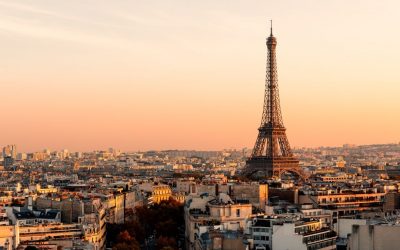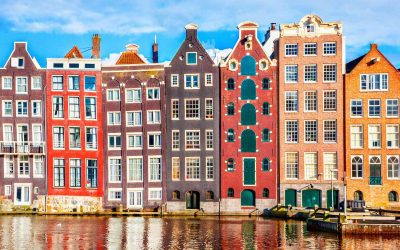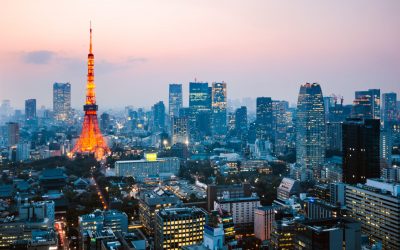The War of Independence in 1948 ended with an agreement between the Jewish and Arab sides, however, it was not respected.
Jerusalem was controlled by being divided into two, like so: The New City was under the jurisdiction of the Jewish State, and the Old City was under the jurisdiction of Jordan. The agreement allowed Jews to pray at the Wailing Wall, however, contrary to this, they were not allowed not only to do this, but also to simply cross the border of the Old City.
After 2 thousand years, the Temple Mount and the Wailing Wall, sacred and historically essential, finally were returned to the Jewish people.
East Jerusalem was liberated by Israel from Jordanian control, and this part of the city became sovereign.
We have united Jerusalem, the divided capital of Israel. We have returned to the holiest of our holy places, never to part from it again.
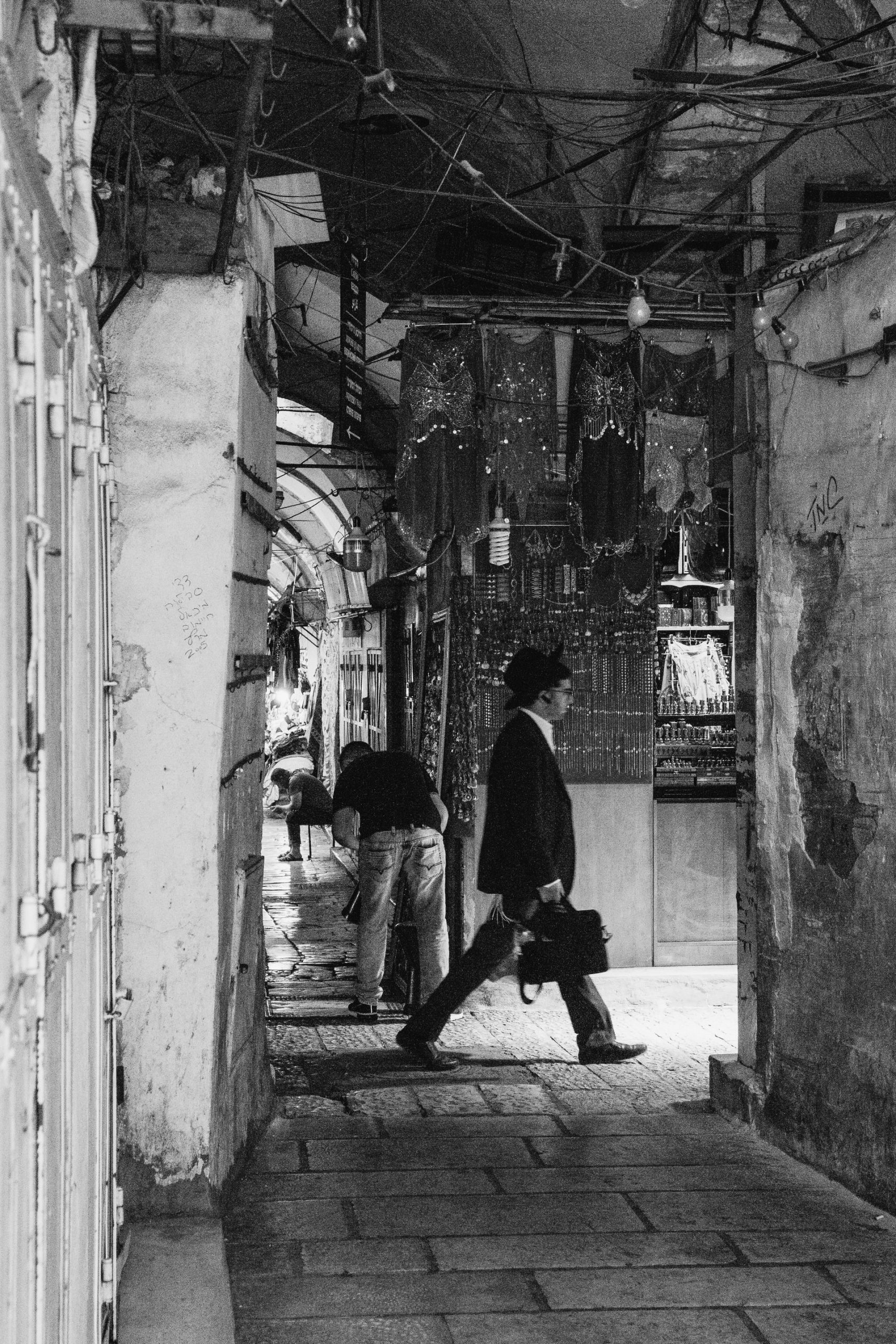
In 1980, a law was passed that proclaimed Jerusalem as the one and indivisible capital of Israel. Just this year marked the 13th anniversary of the transition of Jerusalem to the eastern part.
Before the celebration, within two days, people hold a solemn procession and thousands take part in it.
But they not only celebrate, but also honour the memory of those who fought for Jerusalem during the Six-Day War and fell in this battle. Giv’at HaTahmoshet (Ammunition Hill) is the city where the most violent clashes took place, and in which the most soldiers had given their lives.
After honouring the memory of their heroes, comes the main event of the day, which is called the Rikud Degalim (Dance of Flags). Mostly young people from the religious Zionist community, carry flags and sing songs, dance, and walk from the city centre to the Wailing Wall through the Old Town. Then they pray, thanking those who defended the city. The celebration continues after midnight – politicians, rabbis and military leaders move in a column to the Wailing Wall and pray as well.
The time went by.
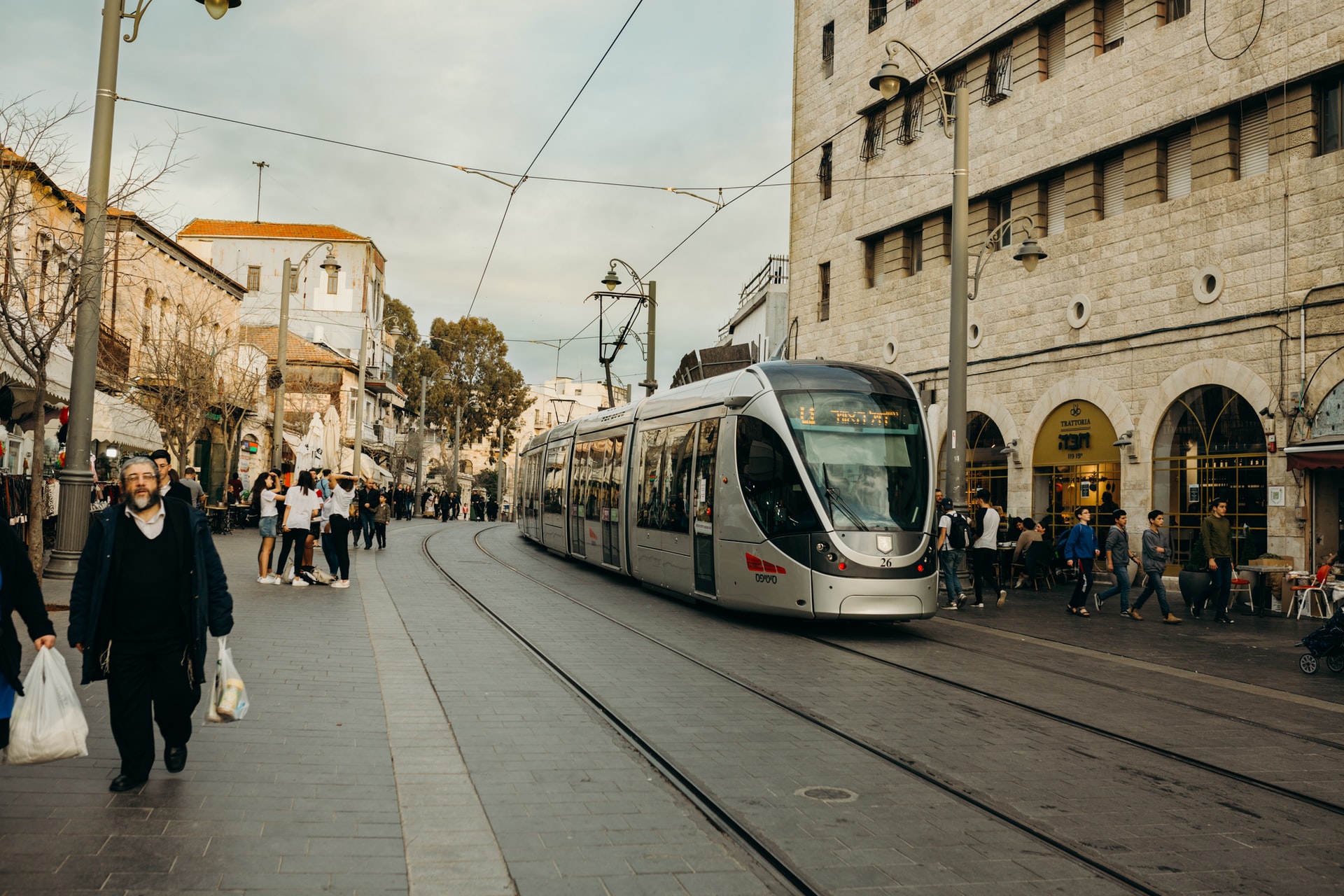
A magnificent city with the infrastructure of a modern metropolis now grow here, gardens bloom, and people walk through wide boulevards. There are alleys, parks, schools, universities, restaurants, theatres, and much more.
Table of Contents
What else for a tourist who decides to visit Jerusalem to visit?
The Church of the Holy Sepulchre
There are artefacts such as the Holy Sepulchre, The Stone of Unction, Golgotha, etc. The temple is also the headquarters of the Jerusalem Orthodox Church, since Jesus was crucified and resurrected at this place.
Jerusalem can show tourists a lot of shrines and places of pilgrimage, but even if you do not consider yourself a religious person, you will have something to see, for instance:
The Rockefeller Archaeological Museum
American philanthropist John D. Rockefeller (Jr.) had sponsored this museum. The oldest exhibits here date back to the period before 1700 AD.
Ben Yehuda Street
There are many cafés and restaurants here, and despite the sad history when the street attracted terrorists, now there are always crowds of people here. That is a great place to buy souvenirs, taste the local cuisine and perhaps take a walk through the music of the local street-musicians.
